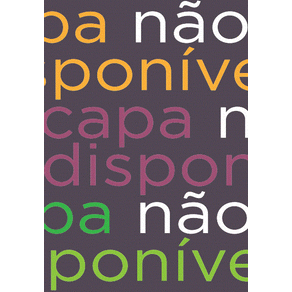Covering a period that witnessed the flowering of the Renaissance and the major expansion of the Italian silk industry, this volume examines the Italian silk fabrics depicted in paintings from Italy, England and the Netherlands over the course of 250 years. Through a close study of the workshop practice and techniques of the artists who represented these fabrics, Lisa Monnas offers a masterly evaluation of the paintings as source material for classifying surviving textiles. Dealing with an exceptionally long period, she considers a large number of examples in greater depth than has ever been attempted, and gives particular attention to the identification of historic textile types and their weave structure. Monnas examines a wide range of subjects, including silk as a marker of social status, the material possessions of artists and their ownership of textiles as props, the involvement of painters in silk design, and the repetition and transfer of patterns. She considers the evidence ofpaintings not only for the veracity with which the silks are depicted but also for their value as a historic source concerning the use of fabrics. Over a period of two and a half centuries, tastes and patterns of consumption altered, and these changes, which can be traced through documentary sources, are reflected in the paintings. The conclusion of this impressive analysis brings the discussion full circle by looking at the reincarnation, during the nineteenth and early twentieth centuries, ofsilk patterns taken from late-medieval and renaissance paintings, reproduced as wallpapers or woven as new fabrics (some of which are still in production today). This important and desirable book - beautifully illustrated with many unfamiliar paintings and with surviving fabrics, some of which have never been reproduced before - not only re-evaluates the dating and identification of individual textiles, but also brings fresh insights into the material values of the artists and their clients.

